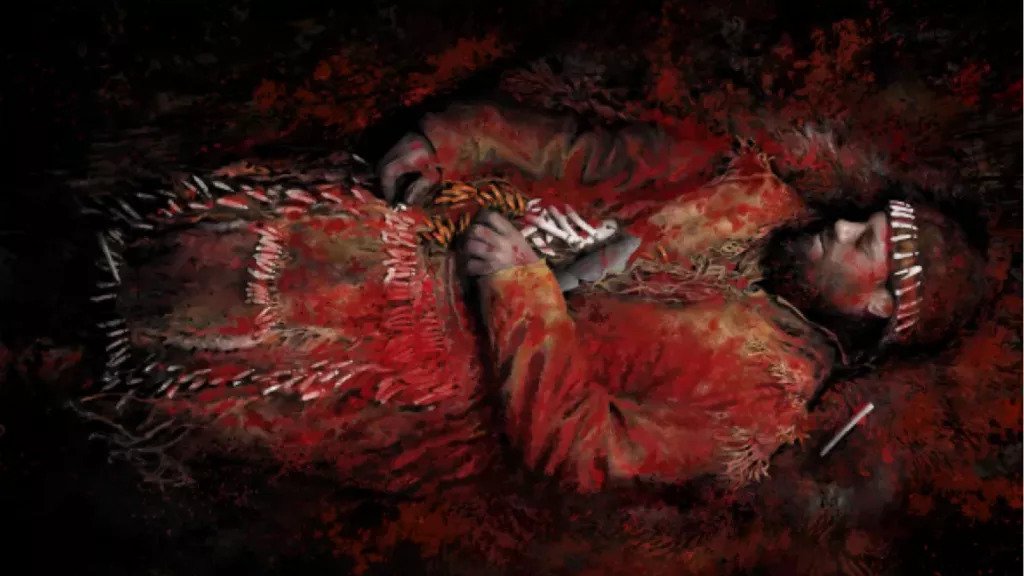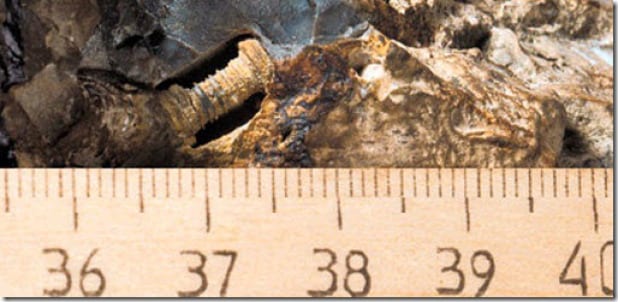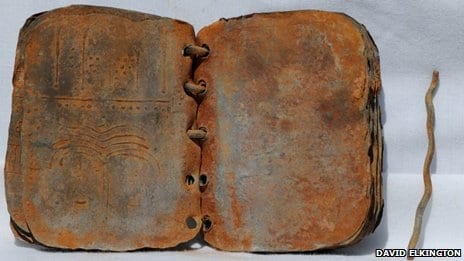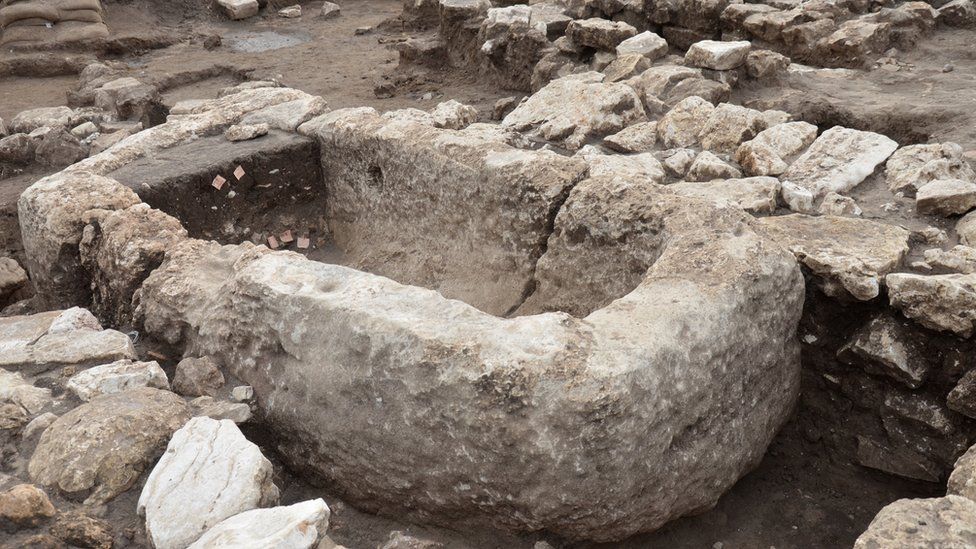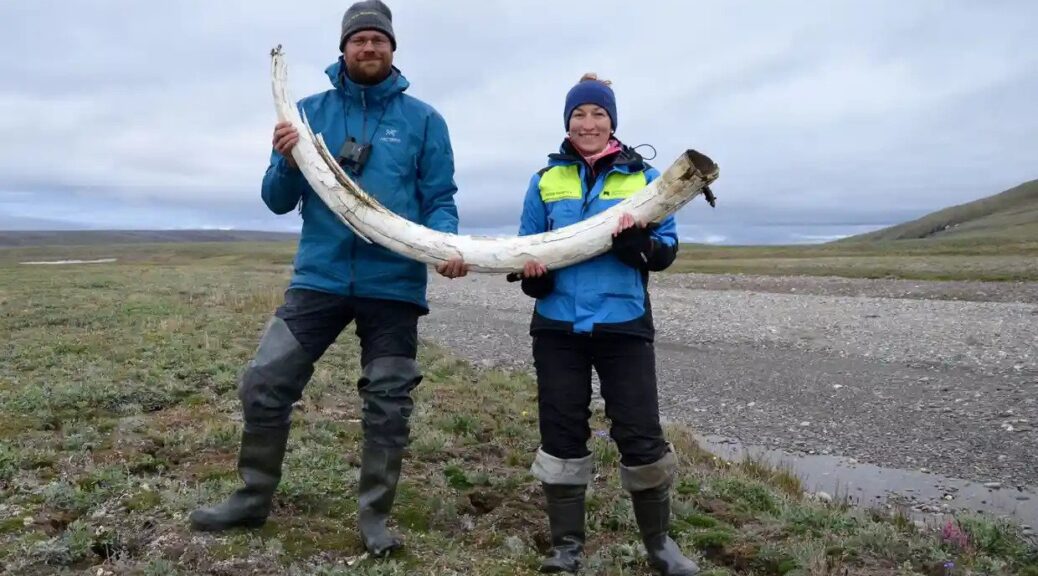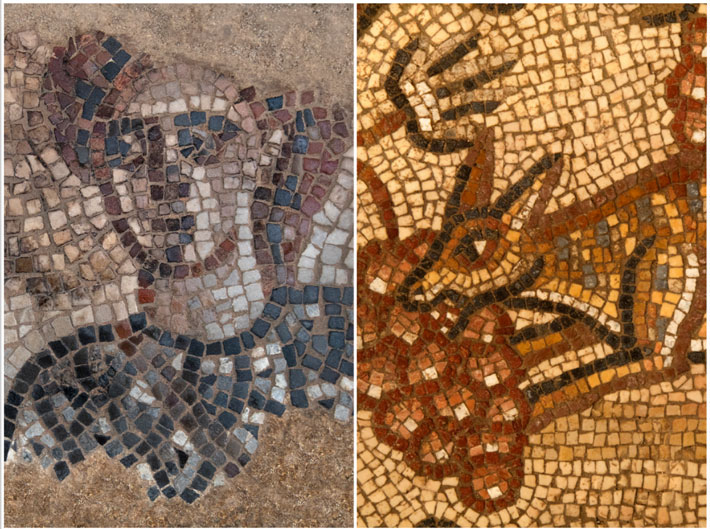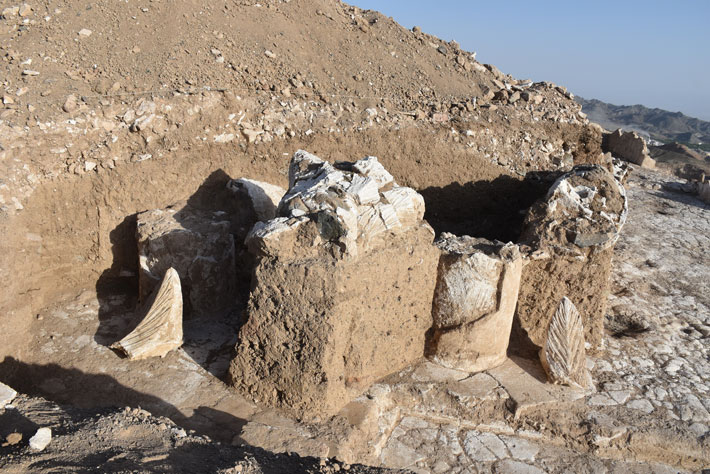8,200-year-old burials in Russia contain pendants crafted from human bone
Nearly a century ago, archaeologists excavating an 8,200-year-old graveyard in northwestern Russia took note of a number of bone and animal-tooth pendants buried with the Stone Age people entombed there. But when researchers recently began to re-analyze the bone pendants to determine which species of animal each came from, they were in for a shock.

Some of the pendants weren’t made from the animal bone at all. They were human.
“When we got the results, I was first thinking that there must be some mistake here,” said Kristiina Mannermaa, an archaeologist at the University of Helsinki in Finland, who led the research.
But it was no mistake, Mannermaa told Live Science. Mixed in with ornaments made of bear, elk and beaver teeth were grooved fragments of human bone, including at least two pendants made from the same human femur, or thighbone.
A surprising discovery
These bits of bone were found at a site called Yuzhniy Oleniy Ostrov, a cemetery with 177 burials from around 6200 B.C. in the Karelia region of Russia. The people here were hunter-fisher-gatherers, Mannermaa said, with a diet centred primarily around fish.
While some were buried unadorned, others were found with many teeth and bone ornaments, some of which seem to have been sewed onto the hems of long-decayed cloaks or coats or used as noisemakers in rattles.
As part of a large project seeking to understand how these Stone Age people interacted with animals, Mannermaa and her team had some of these ornaments analyzed with a method that looks at molecular differences in the bone collagen between species.
Of 37 pendants crafted from fragments of bone from 6 different graves, 12 turned out to be human, the analysis showed. (Another two returned results indicating that they, too, might be human, but the findings were uncertain.) These dozen pendants came from three different graves: two holding single adult men and one of an adult man buried with a child. There may be other human bone pendants in the graveyard, Mannermaa said, but those artefacts are still being analyzed.

Using human bones
Interestingly, the bones didn’t seem to be treated differently than other materials by the people who turned them into decorations. They were carved rather quickly, Mannermaa said, with simple grooves notched into their ends where a cord could be wrapped. They were also similar in size and shape to the animal teeth that were found nearby, perhaps indicating that they were used as a replacement for animal teeth that had been lost from the hem of a garment, Mannermaa and her team reported in the June issue of the Journal of Archaeological Science: Reports(opens in new tab). Wear patterns on the ornaments suggest they were worn by their owners before being buried with them.
“It gives an impression that when a human or animal died, they didn’t see so much difference in the body and the parts,” Mannermaa said.
This apparent interchangeability doesn’t mean that people viewed human bone as meaningless, said Amy Gray Jones, a senior lecturer in archaeology at the University of Chester in the U.K. who was not involved in the study.
Animal bone pendants and tools from Stone Age Europe are often treated with care and disposed of in particular ways after being used, Gray Jones told Live Science. Unlike today, when an animal bone is largely unvalued in Western culture, ancient Europeans may have infused both animal and human bone with great symbolism.
“It means not necessarily that the human bone and the pendant is just another material, but that perhaps it also has an importance or a meaning like the animal bone,” Gray Jones said.
The archaeological record is thin, however. This is the first such use of human bone from northeastern Europe, Mannermaa said, though human tooth pendants(opens in new tab) from about 6000 B.C. have been found at a site called Vedbaek Henriksholm Bøgebakken in Denmark. In 2020, a couple of human-bone arrowheads were discovered in the Netherlands. There are also a few other scattered examples of carved human bones from around Stone Age Europe, including an arm bone from Serbia with notches cut in it.
“We’re probably only getting a partial glimpse into what human bone was used for,” Gray Jones said.
The method of analyzing collagen molecules used in the current study is relatively new, and it’s likely that more already-discovered bone fragments would be identified as human if they were tested, she said.
Mannermaa and her team are now studying the animal bone pendants found at Yuzhniy Oleniy Ostrov to confirm that they were, indeed, worked in similar ways to the human bone. It would be interesting, she said, to try to extract DNA from the pendants to see if the people the bone came from were related to the people who were buried with the pendants. But those studies require the destruction of large amounts of bone, she said, so it’s not likely that researchers will pursue that research at this time.
